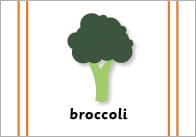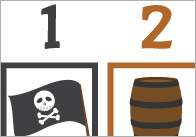Emergent Writing
Learning to write is about more than just letter formation. It is a cognitive development and emergent or pretend writing is an important factor which should be encouraged. Include props to encourage reading and emergent writing in the imaginative play area. A notepad and pencil by the telephone in the house corner, a diary, old cheque books, calendars, menus, travel brochures, open and closed signs , labelled food containers, the possibilities are endless. Ensure that your learning environment displays letters and sounds and encourage children to listen to the sounds in words and write what they can hear, even if it’s only the first sound.
It is important that children practice the fine line, circles and patterns which are produced in emergent or pretend writing. Allowing them to do this in free-play situations is far more interesting for them than doing writing patterns or tracing lines. Once they have the pencil control to do intricate patterns they are ready to copy letters. They will probably want to copy their own name without any prompting but it is important to ensure that they learn to form the letters correctly. You may find our letter formation sheets to be valuable resources in this context, however it’s important to remember that children develop at different paces and that learning to write is a process that shouldn’t focus solely on tracing or copying letters.
You may find the following books useful:
The Little Book of Props for Writing: Little Books with Big Ideas (Little Books)
The Little Book of Phonics: Little Books with Big Ideas (Little Books)
Popular Teaching Resources
Stay Up To Date
Sign up for our newsletter and we’ll let you know when we create new early years resources.





